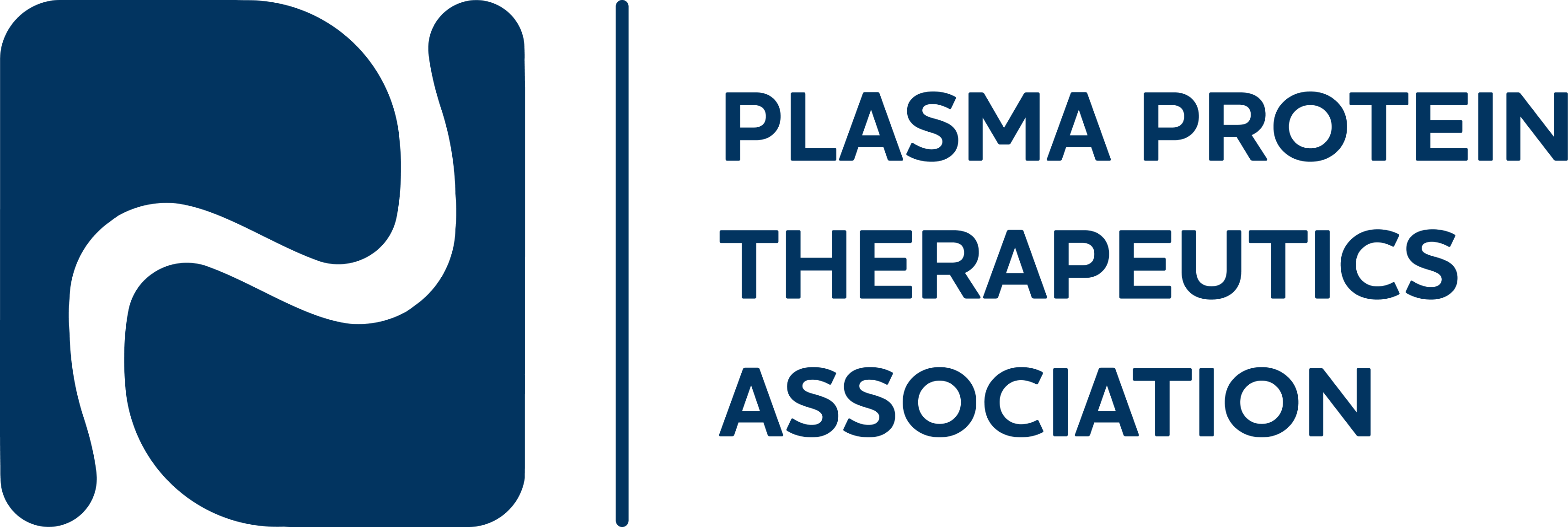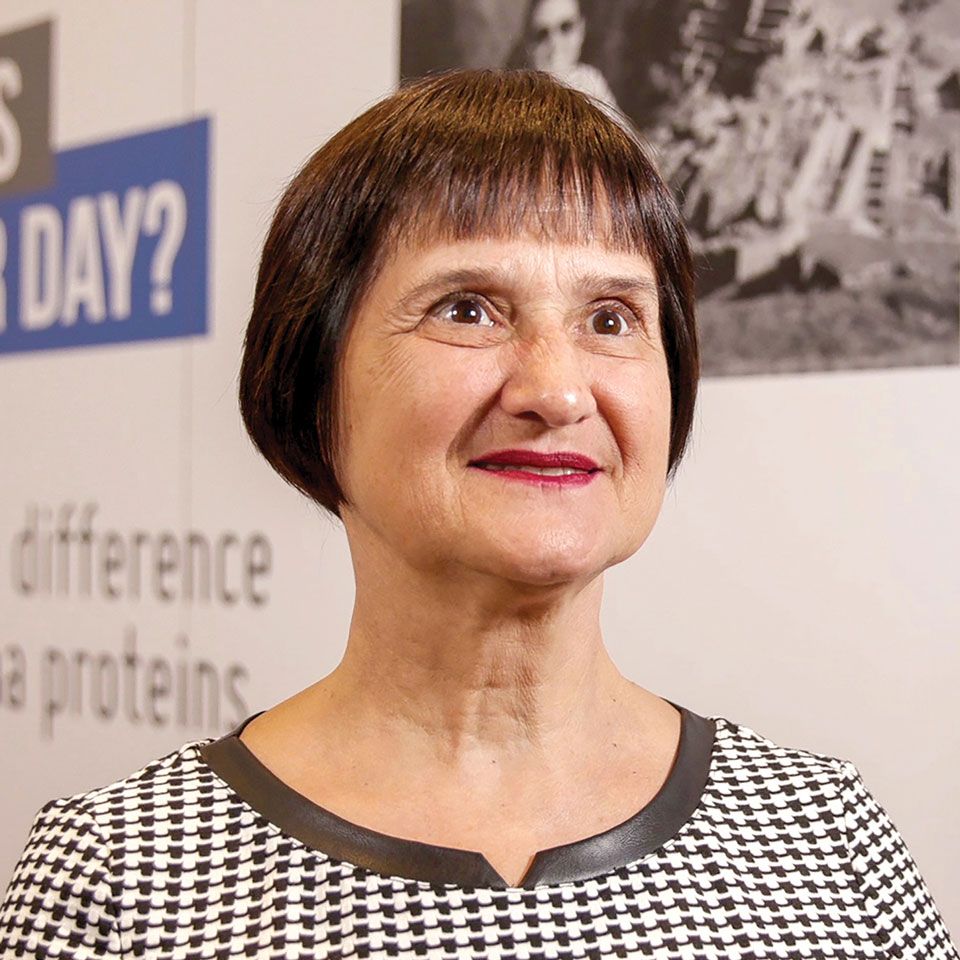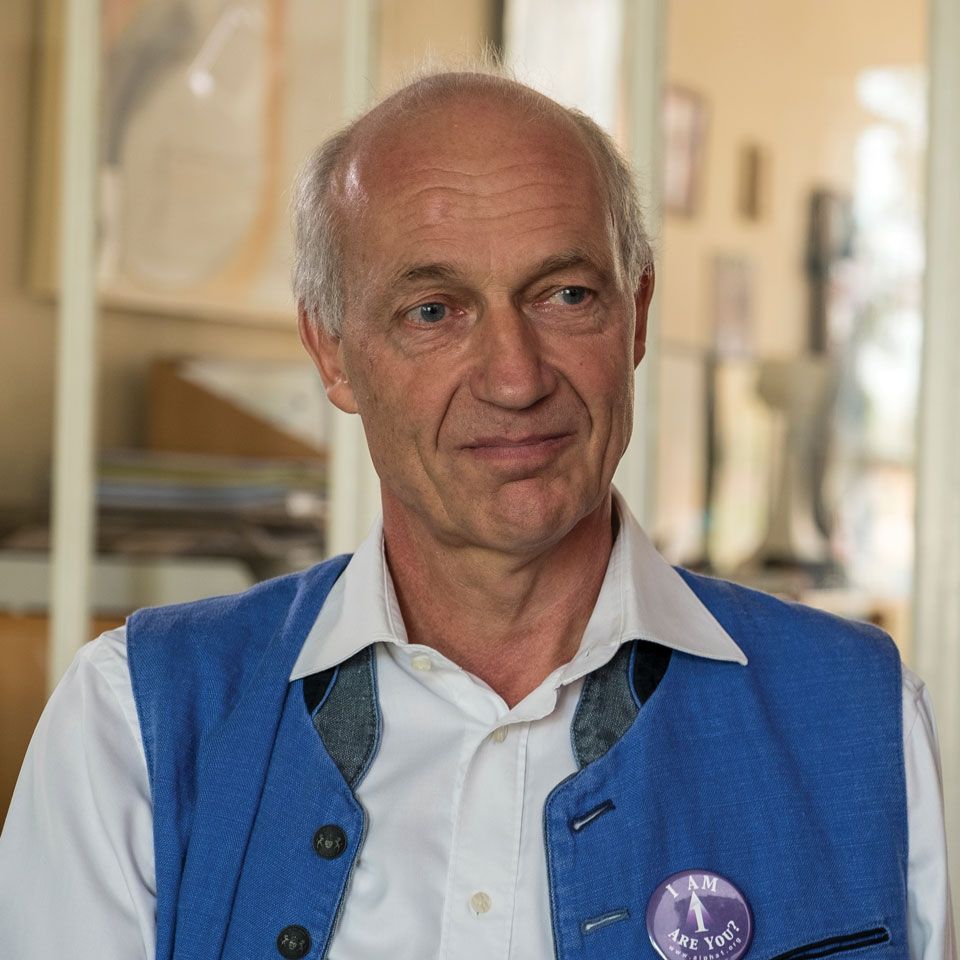Value to patients
In their own words…
Candid feedback from patients treated by plasma-derived medicines on how these unique therapies have changed their lives.
Value to society
How plasma-derived medicines boost health value
Plasma-derived medicines are high-impact pharmaceuticals because they increase life expectancy, improve quality of life, and reduce life-threatening complications for individuals with plasma protein deficiencies. Plasma-derived medicines provide immeasurable, lifelong benefits to the patients who use them.
As policies to slow health spending are debated, it is critical to maintain access to lifesaving treatments for rare disease patients. One-size-fits-all value-based frameworks that work for generic, interchangeable pharmaceuticals do not work for plasma-derived medicines as these biologics are not interchangeable.
Over the past 50 years, plasma-derived medicines have delivered increasingly significant value and benefits to patients and society, in terms of:
- Improved quality of life and life expectancy
- Enabling patients to return to normal socio-economic activities
- Improved overall mental health
Plasma-derived medicines are often the only and/or most effective therapies for the beforementioned conditions, preventing premature death, minimizing disabilities, and promoting patients’ quality of life.
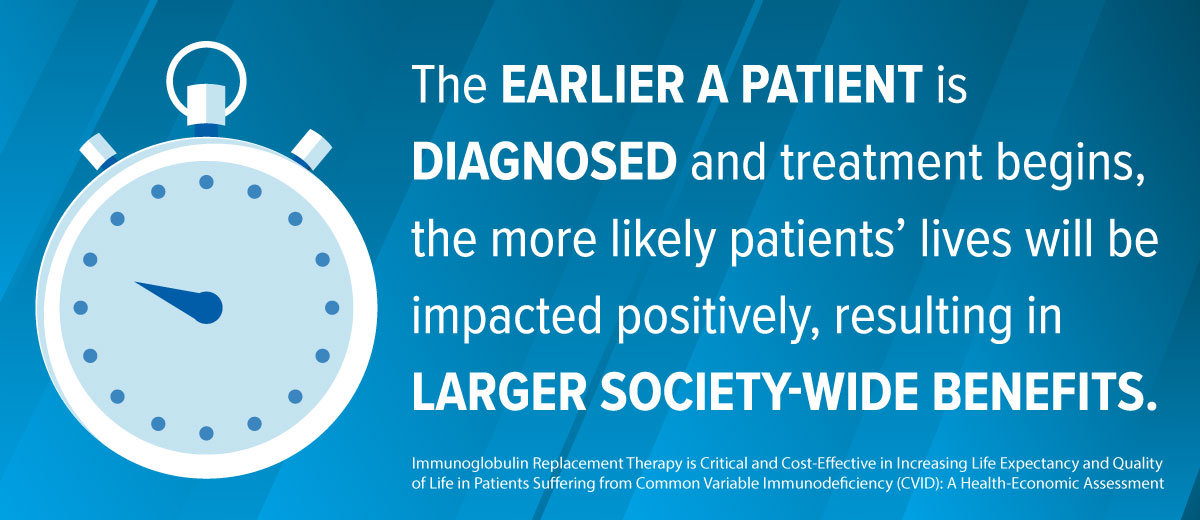
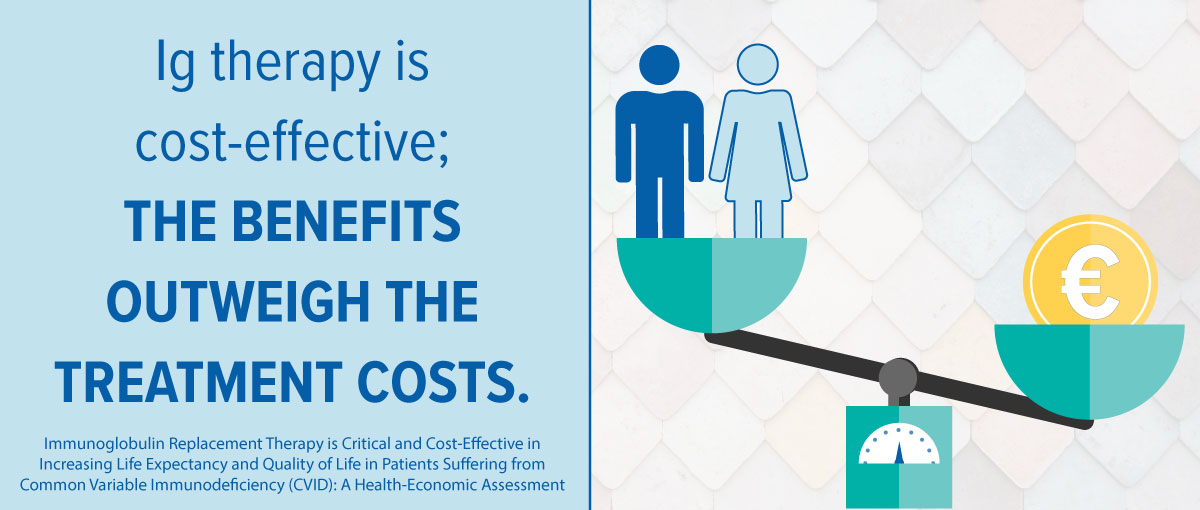
Since the introduction of IgGs, survival rates of patients with common variable immune deficiency (CVID) have increased from 30% in 1979 to an almost normal life expectancy for patients without disease-related complications. In turn, clotting factors have profoundly extended the life expectancy of patients with severe haemophilia A from 19 years before 1955 to 71 years in 2001.1 These therapies have consistently achieved significant clinical results against primary endpoints (e.g., 80% reduction in bleeds for haemophilia patients and over 65% reduction in infections for patients with immune deficiencies).
These results positively impact patients’ socio-economic activity and psychological well-being. They have also a much broader societal and economic benefit: comparing the time before and after the introduction of plasma-derived medicines for primary immunodeficiencies (PIDs) and haemophilia in Europe, treatments have yielded a combined health value gain (the magnitude of the socio-economic impact of plasma-derived medicines treatments) of 2 billion euros/year. For PIDs this is approximately 1 billion euros/year (based on a PID population of 44,000). For severe haemophilia the figure is at least 1 billion euros/year (based on a severe haemophilia population of 47,000). In addition to the health value gains, these treatments can also prevent indirect health care costs in the range of 1.1-1.6 billion euros/year. Limiting access to plasma-derived medicines often equates with denying patient access to the only effective therapy and reduces the concomitant socio-economic benefits.
10-year survival rate of patients with COMMON VARIABLE IMMUNE DEFICIENCY, by year
Source: Chapel H, Lucas M, Lee M, et al. Common variable immunodeficiency disorders: division into distinct clinical phenotypes. Blood. 2008; 112(2):277–286.
Life expectancy of a patient born with HAEMOPHILIA, by year
Source: Aledort, L. The evolution of comprehensive haemophilia care in the United States: perspectives from the frontline. Haemophilia. 2016; 22(2):676-683.

